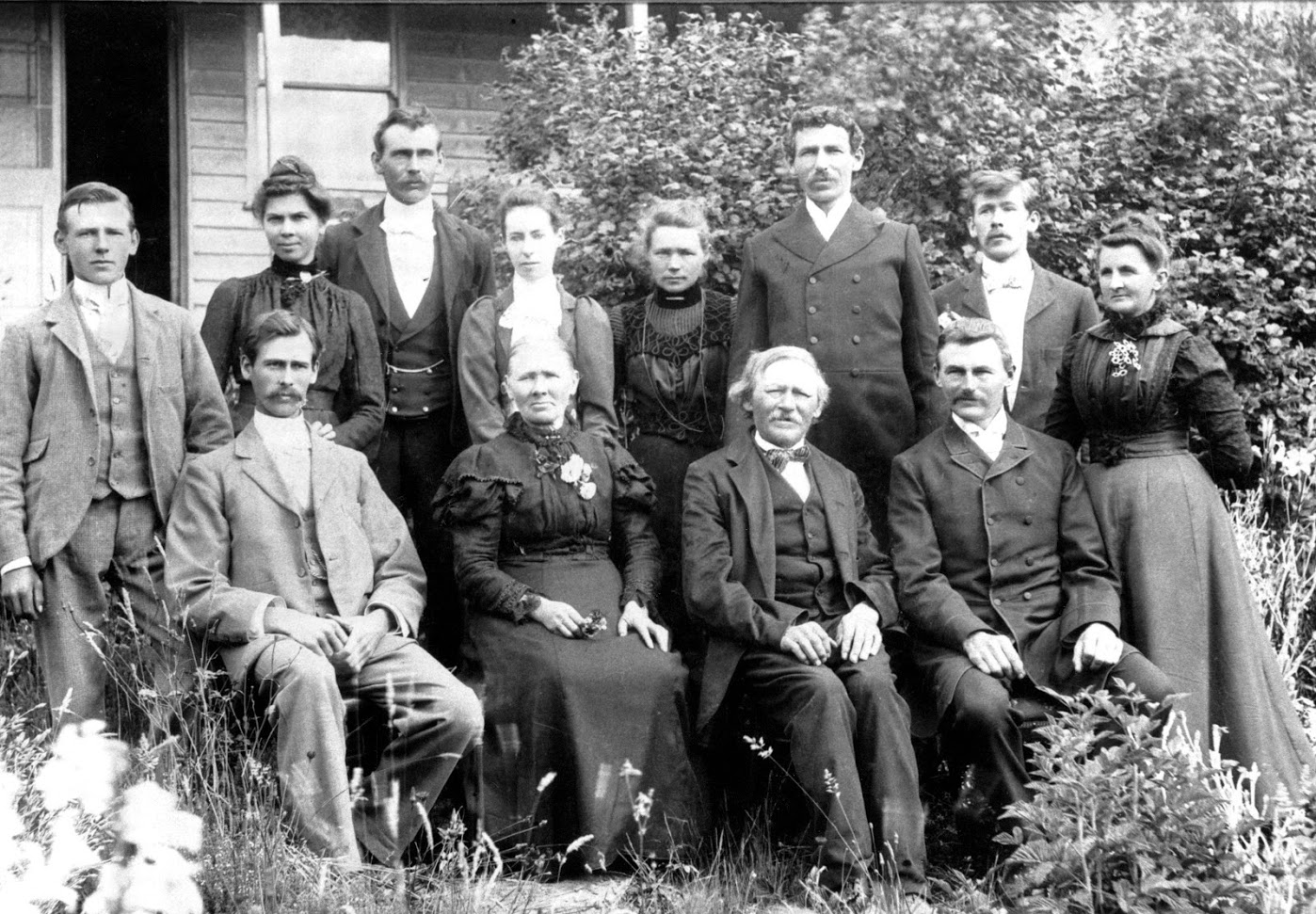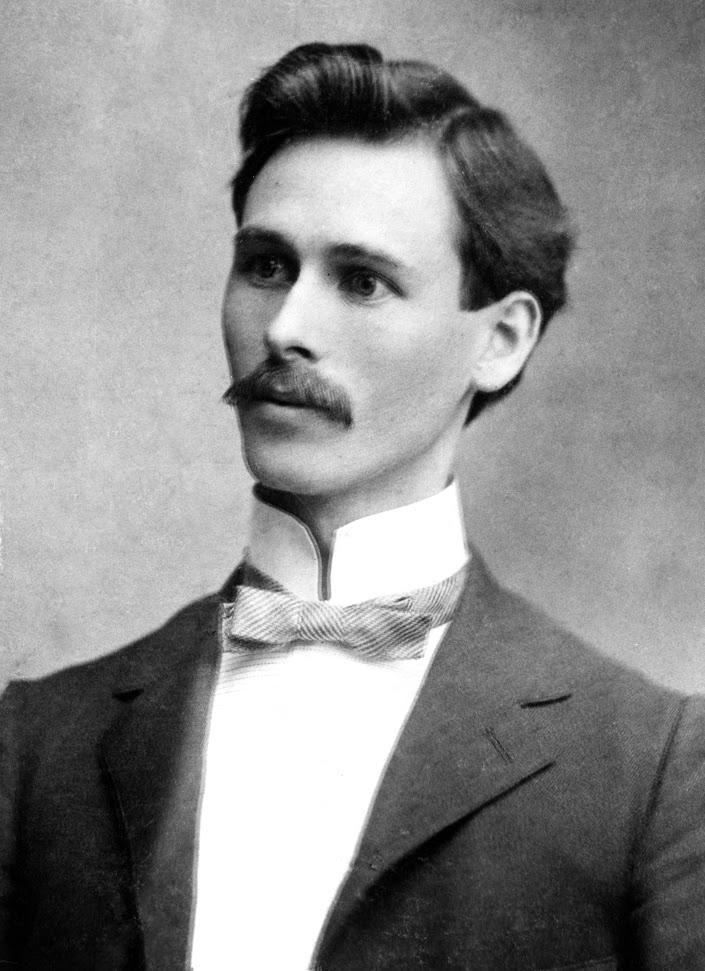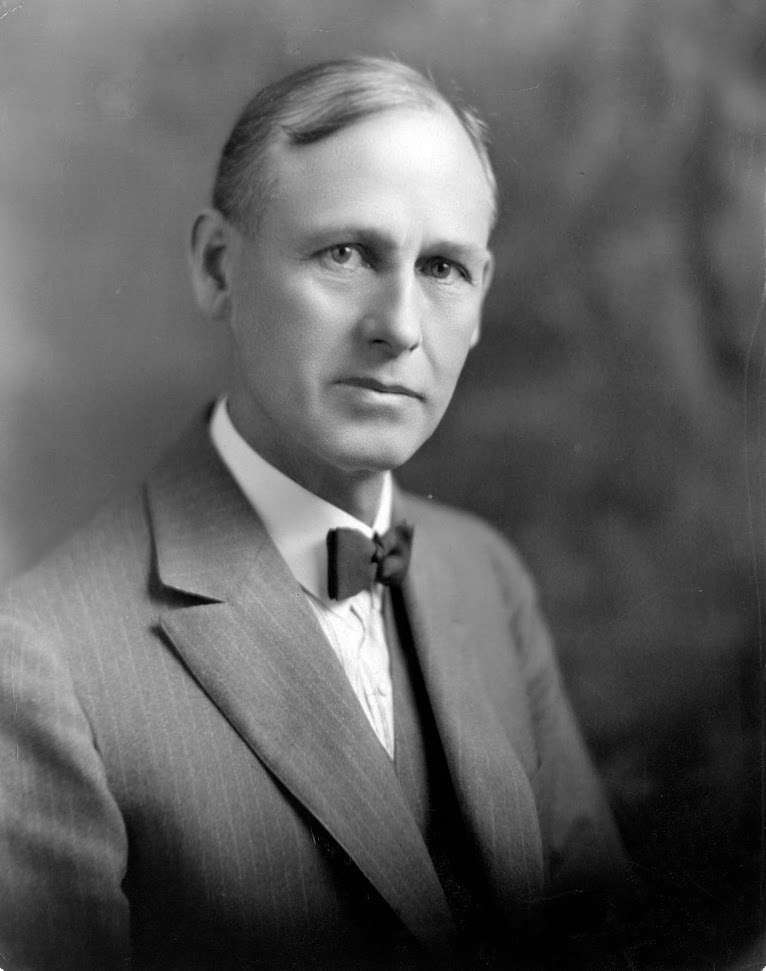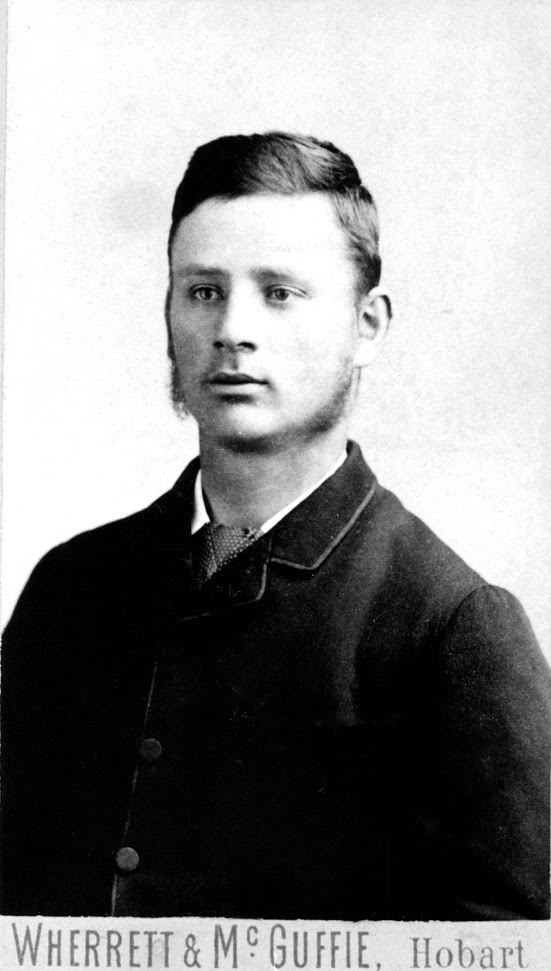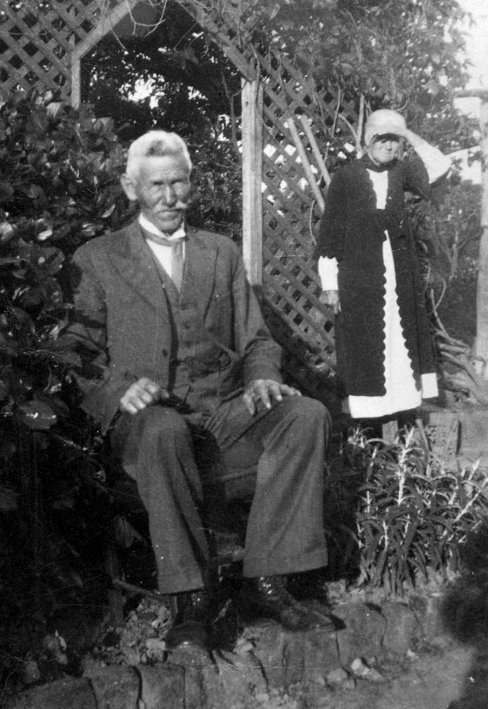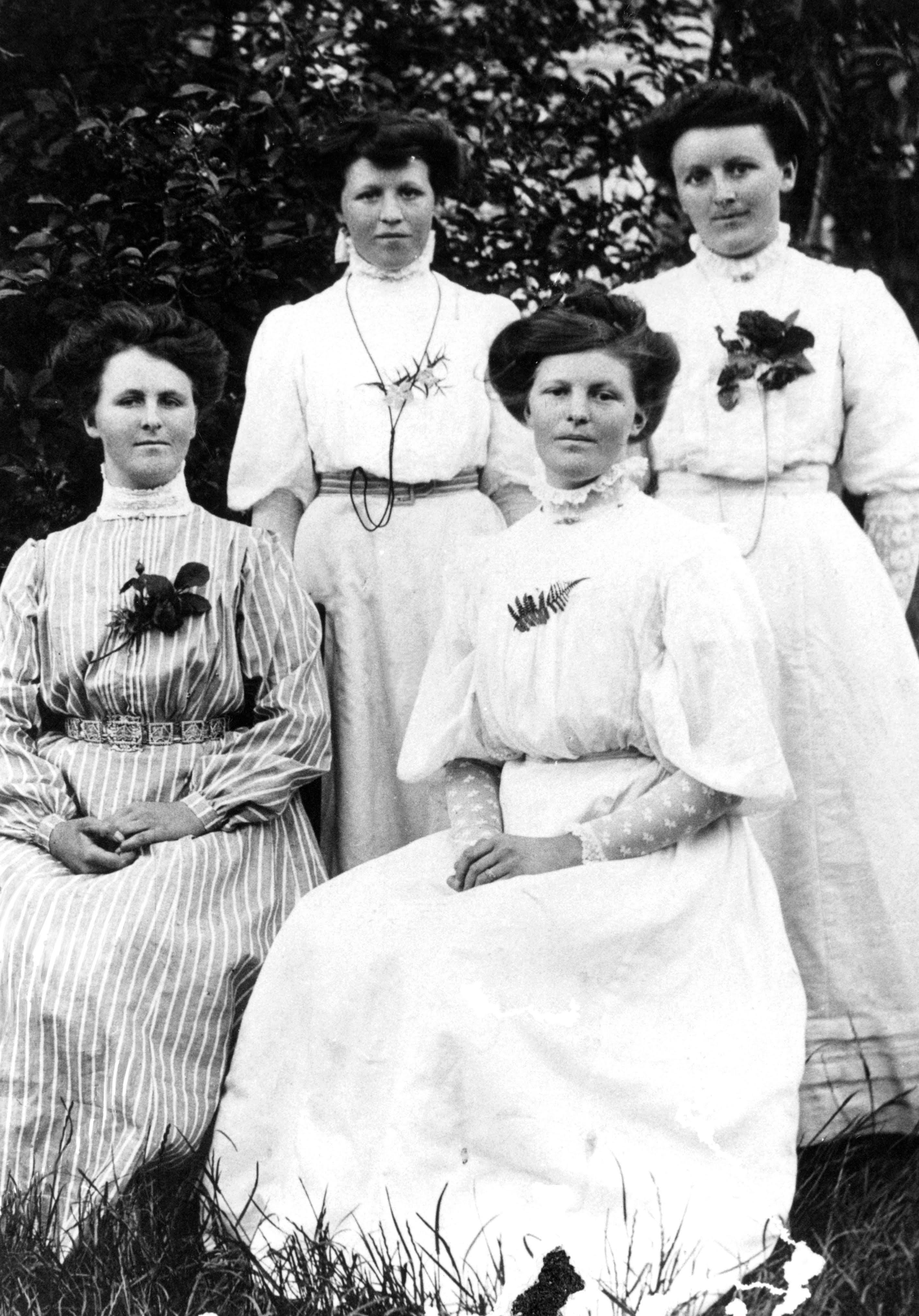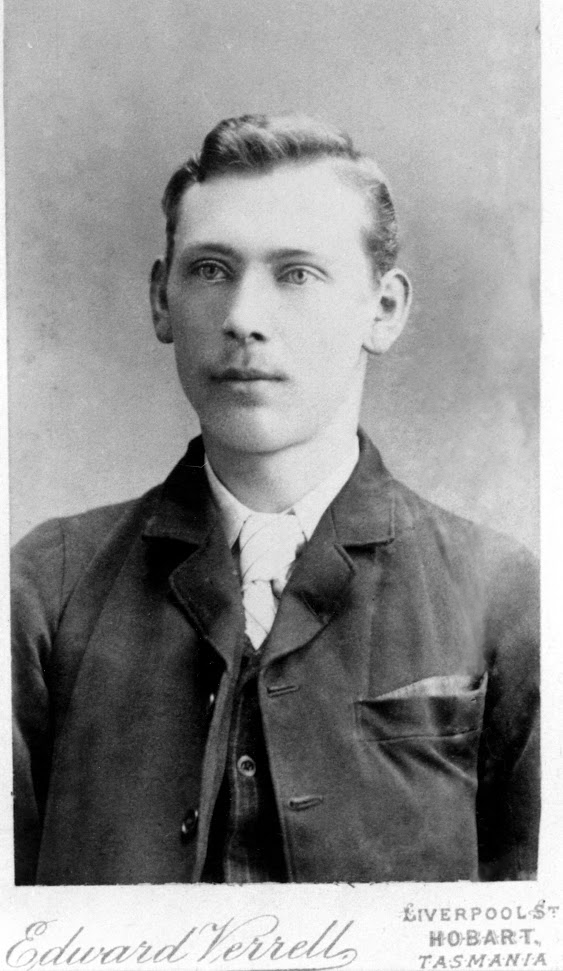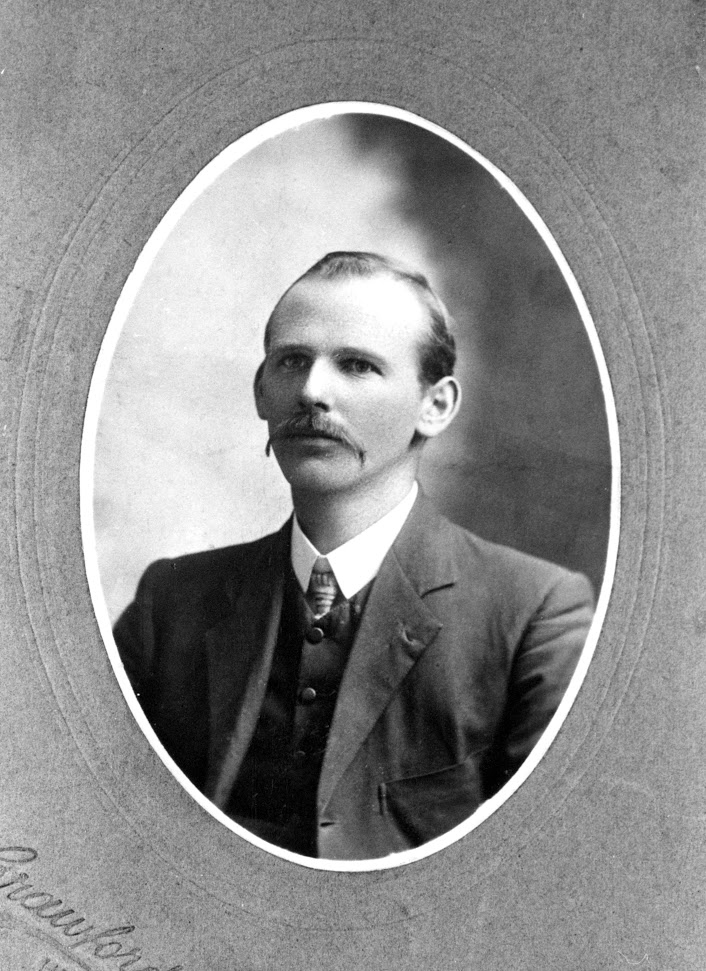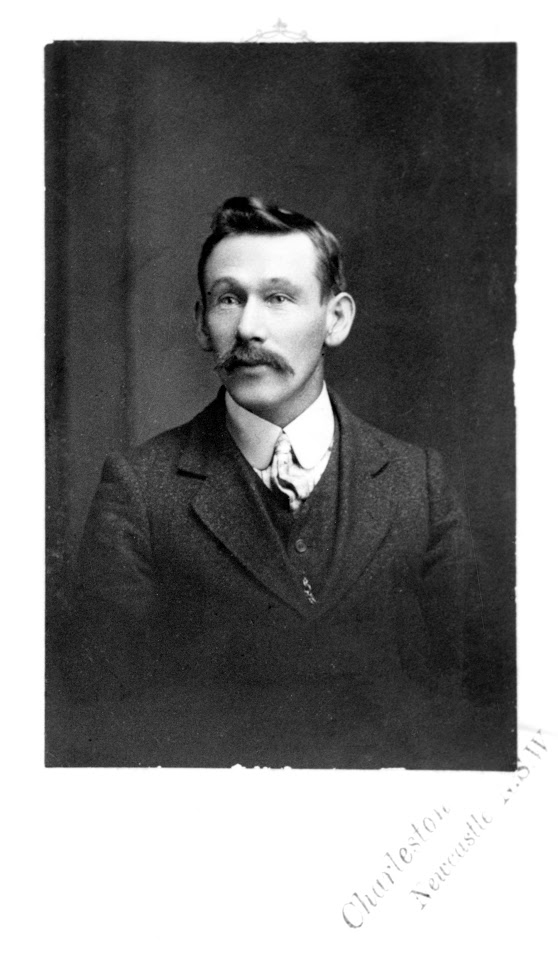Louisa Brandstater Sr is little known or remembered by the Australian Brandstater family, and is commonly overlooked as a member of the First Family in East Prussia. She was born in 1862, the second child of Emanuel Sr and Wilhemine (Josties) Brandstater during their early years, living in or near Konigsberg. She was reported at first to be a normal active baby, but it was soon noticed she was not responding to sounds around her, and later tests confirmed that she was deaf.
Her deafness, without known cause, was a major issue when Emanuel Sr and his second wife Carolina prepared to migrate to Tasmania. Their ships’ passage was to be financed by travel assistance awarded by the colonial government in Hobart. But this daughter, handicapped by a hearing disability, was judged in Hobart to be unsuitable as an assisted immigrant. In response, the family bravely decided to stick with their emigration plans. Louisa could stay in East Prussia, living in a farmhouse with two Brandstater aunts, sisters of Emanuel Sr, in the village of Seehausen (“houses by the lake”), located in the farming estate called Gut Puspern. The family believed that once they were established in Tasmania, they could save enough money to pay for travel expenses, and bring Louisa to join the rest of them in Tasmania.
Louisa developed normally while living with her aunts. But though bright and active in most other respects, her hearing disability continued to overshadow her life. She continued to develop through an active childhood, but because she could not hear the spoken word around her she could not properly reproduce the German speech. She completed her school classwork and learned to get along using mainly sign language. She had many friends and became known everywhere by a nickname “Stummchen”, which means “Dear little deaf one”. Apparently she did achieve some verbal skills at school, which we know because in later years she maintained an active written correspondence in German with her brother Gustav Adolph, then in Australia.
After finishing school, now a bright, well developed and active teenage girl, Louisa was judged capable of significant work in the estate. She was made responsible for the upkeep, repair and laundering of all the linens in the manor house. She performed this work well, with a pleasing, intelligent demeanor, and she caught the admiring attention of the lord-owner of the estate, Fritz Kaswurm. He was attracted to her, and in time she became pregnant, and gave birth to a healthy daughter whom she named Louisa Brandstadter, identical to her own name.

This baby was accepted as the master’s child, and was widely admired and loved in the estate. Louisa Jr grew as a normal active child and attended early school in the village of Ipatlauken, where the students included other children of Fritz Kaswurm. After advancing into young womanhood at the end of schooling in Puspern, Louisa Jr was sent for higher cultural exposure and education in an elite girl’s school in Berlin, at a time when her contemporary cousins such as Ida and Louisa, born in Tasmania, and daughters of Emanuel Jr, were attending college in Australia.
Louisa Jr was an attractive young woman in Berlin where she met Wilhelm Beutenmuller, and the two were married and established a home in Berlin. They produced a family that included a son Willi who is described elsewhere in this family website. Willi immigrated to California and the Brandstater relatives, both in Australia and California, were able to keep in contact with the Beutenmullers back in Germany, including my parents, Roy and Frances, who had a memorable visit with them during a visit to Berlin in the 1960s. Later I myself met the Beutenmullers when my family and I arrived as new immigrants to California in 1969. I was pleased to become acquainted with Willi Beutenmuller, his wife Gerda and their son Bernd. Willi was the son of our celebrated Louisa Jr in Berlin, and he had migrated to America with his family shortly after World War II. Willi and I had fun getting acquainted. I learned that in 1938, when he was a teenager, he was sent back to Puspern by his mother. Her purpose was to let Willi get to know her family relations and friends back there, and become familiar with the grand estate of Gut Puspern. It was that visit that made Will familiar with the whole property and local landmarks, which he was able to point out to me when he and I together visited Puspern. Willi became a close friend, and it is from him that we have been able to learn about much of the early East Prussian history of the Brandstater family. A more extended story of Willi Beutenmuller’s life will appear elsewhere on this website.
Stummchen, Louisa Sr, remained employed at Gut Puspern after her daughter had moved to Berlin. Later Louisa Jr learned that her mother had subsequently borne a second daughter, and by the same father, Fritz Kaswurm. This sister came to Berlin in mature adulthood and visited her older sister, our Louisa Jr. We have a photo of the two sisters, given to Wilhelm by one of his sisters. But they never learned the sister’s name, nor the name that Stummchen acquired when she married into a fine Prussian family. This sister promised Louisa Jr that she would return to visit, but she never did. They learned from some source that she had died of cancer.
During her years in Puspern, Louisa Sr joined the household of the Bakshcat family, and she became the house-mother in charge of six children of the Bakschats. Onkel Wilhelm Bakschat was the hofkamerer, the work manager, of the whole 50,000 acre estate of Gut Puspern. The Bakschat children were a lively crowd, and one of the children, named Emma, assured us later that Stummchen was a cheerful but stern disciplinarian, who effectively managed the children under her care. At a later time, after Louisa’s death, the teenage Wilhelm Beutenmuller (Willi) from Berlin spent several weeks visiting Puspern, and during that time he lived with the Bakschat family who remembered tenderly their earlier years with Willi’s grandmother. They all understood that he was the grandson of their beloved Stummchen.
Willi got to know the Bakschat children well, and personally became attached to teenage Emma, mentioned here because Willi and I, together, were fortunate to visit Emma, by now in her eighties and living with her retired professor husband in the Austrian town Miesbach, situated between Vienna and Salzburg. She had a very sharp memory, and in my presence, arguing vigorously with Willi, was able to verify all that Willi told me about the relationships between the Brandstaters and the Kaswurm, and also the news of the final death of Stummchen, Willi’s grandmother. It may have been from Emma that I heard that our Louisa Sr was interred in the city of Eylau. This information was confirmed to me quite independently by my Los Angeles cousin Kenneth Brandstater. This report seems likely because we now have a photograph of Louisa Sr’s grave. Its marble headstone carries an endearing farewell to “Louisa Brandstadter”, and it is inscribed “to our beloved mother”, by the two sisters who met in Berlin.
At some point during this period, Louisa Sr received money from two Brandstater brothers in Australia, Gustav Adolph and Herman. With this help she was able to fulfill her dream of joining the rest of her Brandstater family in faraway Tasmania. But in the village of Bismarck, it was not easy for her to adjust to the humble standards of life in a Tasmanian farmhouse. Her deafness remained a handicap, and although her family knew the German language, they did not easily adjust to her sign language and her difficult pronunciation of some German words. Also, the familiar friends she had known all her life were back in Gut Puspern, and making new friends in English Tasmania was slow and difficult. The family reunion turned out to be less fulfilling than she and the family had hoped. So eventually they cut their losses, and Louisa returned to the land and the people she knew and trusted in East Prussia. She could keep in touch with her Tasmanian family with her letter written in German.
One episode remains to be mentioned. It was Louisa’s assignment to live her retirement years in an institution for disabled persons in the Prussian city of Angeborg. Many years later, in 1987, the writer of this life-story, Bernard Brandstater, visited this very institution, which had become a special hated landmark within the family. At this visit I was accompanied by Louisa’s grandson, Wilhelm (Willi) Beutenmuller, the son of Louisa Jr. The old buildings, still functioning in their historic role as a refuge for elderly disabled persons, is located in a Polish city of different name.
When we visited, it did appear to be a dreary, unwelcoming place. We know that Louisa was unhappy there. From his childhood in Berlin, Willi had been told by his mother, Louisa Jr, about this sad experience of his dear aging grandmother, how she had been miserable there, and had begged, weeping, to return to Puspern. Finally she won help from her old friends back there, some of them now having moved to a town called Eylau. She was thankfully accepted back to live out her life in familiar surroundings amongst people who knew and loved her.
Louisa Sr died in 1937, though the circumstances of her passing are unknown to us. She is interred in a majestic grave in the town originally known as Eylau in East Prussia. We have a good photo of her grave, which is inscribed with her name, and it is given by “our dear mother”, presumably by those two sisters who met in Berlin. Today we have no knowledge of the grave’s location, probably somewhere in northern Poland.
Louisa was the engaging woman of character, the great-aunt I wish I had once known.
The author, Bernard Brandstater, is the grandson of Louisa’s brother, Emanuel Jr. He was assisted by Wilhelm Beutenmuller, Louisa’s grandson.


